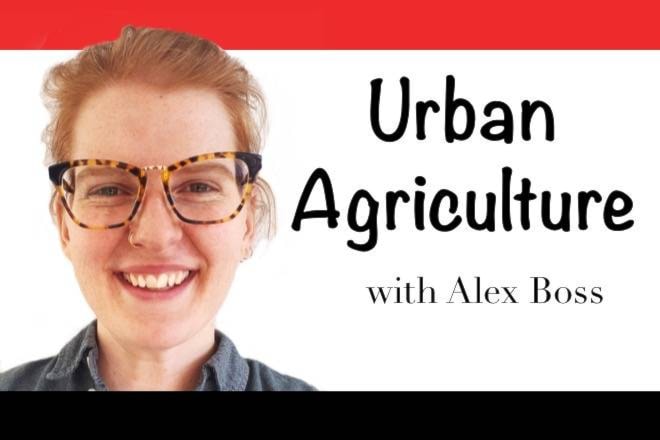Permaculture is a method of gardening that asks the gardener to work with nature rather than against it, with the aim to design ecologically, socially and economically healthy communities for humans, plants and animals.
It is rooted in thinking of the ecosystem as a whole in order to ensure all parts of the system are healthy and working in harmony.
Food forestry is a type of permaculture that I get really excited about. A food forest is “a planted garden that aims to mimic the ‘closed loop,’ self-sustaining biological system of a natural forest with the added benefit of growing food and medicine.”
Richard D. Walker is one of Canada’s most renowned food foresters. He has more than 40 years of experience farming and food foresting. In the late 1980s, he created the first food forest in Canada in Grand Forks. I was thrilled to visit him in Osoyoos last month where he has countless edible plants flourishing in his arid-zone food forest. Most references in this article will be from his 2015 book, Food Forestry North of the 49th. See my website for specific references and page numbers.
READ MORE: Understanding weather patterns a key to a successful garden
A well-planned food forest should ideally begin to be self-sustaining around the five-year mark. Of course, many of your trees will still be young, but even at maturity, you will have a thinner canopy than a natural forest. Richard bases his food forests on a layering concept that allows the forest to have multiple layers of plants while still allowing light to the lowest lying plants.
READ MORE: Using everything in your garden, including the kitchen sink
In an ideal world with a city-block sized piece of land, Richard recommends seven to eight layers, but you can play with that to suit your own space. To begin with, the bottom layer will be root crops and tubers, like beets and carrots. Layer one is herbaceous perennials and annuals, such as herbs and edible flowers. Layer two is vines like grapes, layer three is berries and cane fruits. Layer four is small shrubs and layer five, tall shrubs. Layer six is small fruit trees like cherries, and layer seven is tall fruit trees like the mulberry. Finally, layer eight is tall trees like hazelnut or walnut. If you can’t fit all these in your garden, not to worry. If you have beets, lavender, raspberries and hibiscus you have a four layer food forest right there. For a medium sized residential garden you can likely fit in four to six layers with careful planning.
READ MORE: Sunny, shady and seedy vegetables
One of the stumbling blocks for many new gardeners is not knowing where to start. Walker’s book is specifically about growing in Canada so he has great tips for choosing your site wisely and working within your climatic zone. Here in the South Okanagan we are in Zone 6. Knowing your zone makes it much easier to pick out hardy plants at the nursery. Other things to keep in mind are light, slope, wind, terrain and water requirements and restrictions of your site.
With literally dozens of plants growing in his forest I asked Walker to share his favourites with the Western News readers: the beautiful and delicious mulberry tree; the clove currant which is native, has flowers that smell like cloves, and sweet little fruits; and the Saskatchewan cherry which comes from the University of Saskatchewan who bred it by crossing two varieties to make a very cold hardy tree.
There are many methods of gardening that fall under the umbrella of permaculture. I encourage you to read up and find your favourite. As long as it encourages a healthy ecology, you can’t go wrong. Food forests delight me in that they feed us but also end up becoming self-sustaining. They are a great model for community gardens and other large common spaces. There are a plethora of options when it comes to the plants themselves, making the forest fun to design and eclectic to eat. For references, photos, and more details head to www.bossagritecture.com
Alex Boss has a BA Hons in geography and is working towards her master’s degree in landscape architecture. www.bossagritecture.com
